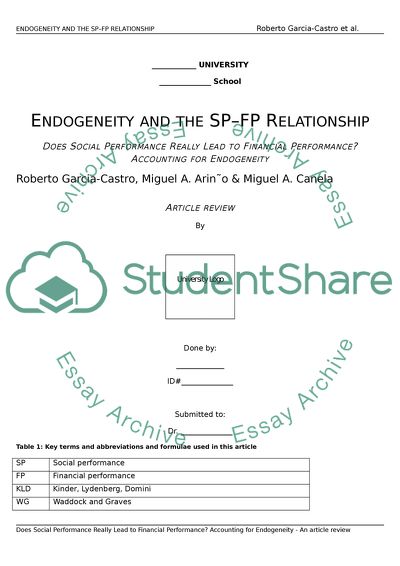Cite this document
(Does Social Performance Really Lead to Financial Performance Book Report/Review, n.d.)
Does Social Performance Really Lead to Financial Performance Book Report/Review. Retrieved from https://studentshare.org/social-science/1732953-673-article-review
Does Social Performance Really Lead to Financial Performance Book Report/Review. Retrieved from https://studentshare.org/social-science/1732953-673-article-review
(Does Social Performance Really Lead to Financial Performance Book Report/Review)
Does Social Performance Really Lead to Financial Performance Book Report/Review. https://studentshare.org/social-science/1732953-673-article-review.
Does Social Performance Really Lead to Financial Performance Book Report/Review. https://studentshare.org/social-science/1732953-673-article-review.
“Does Social Performance Really Lead to Financial Performance Book Report/Review”, n.d. https://studentshare.org/social-science/1732953-673-article-review.


